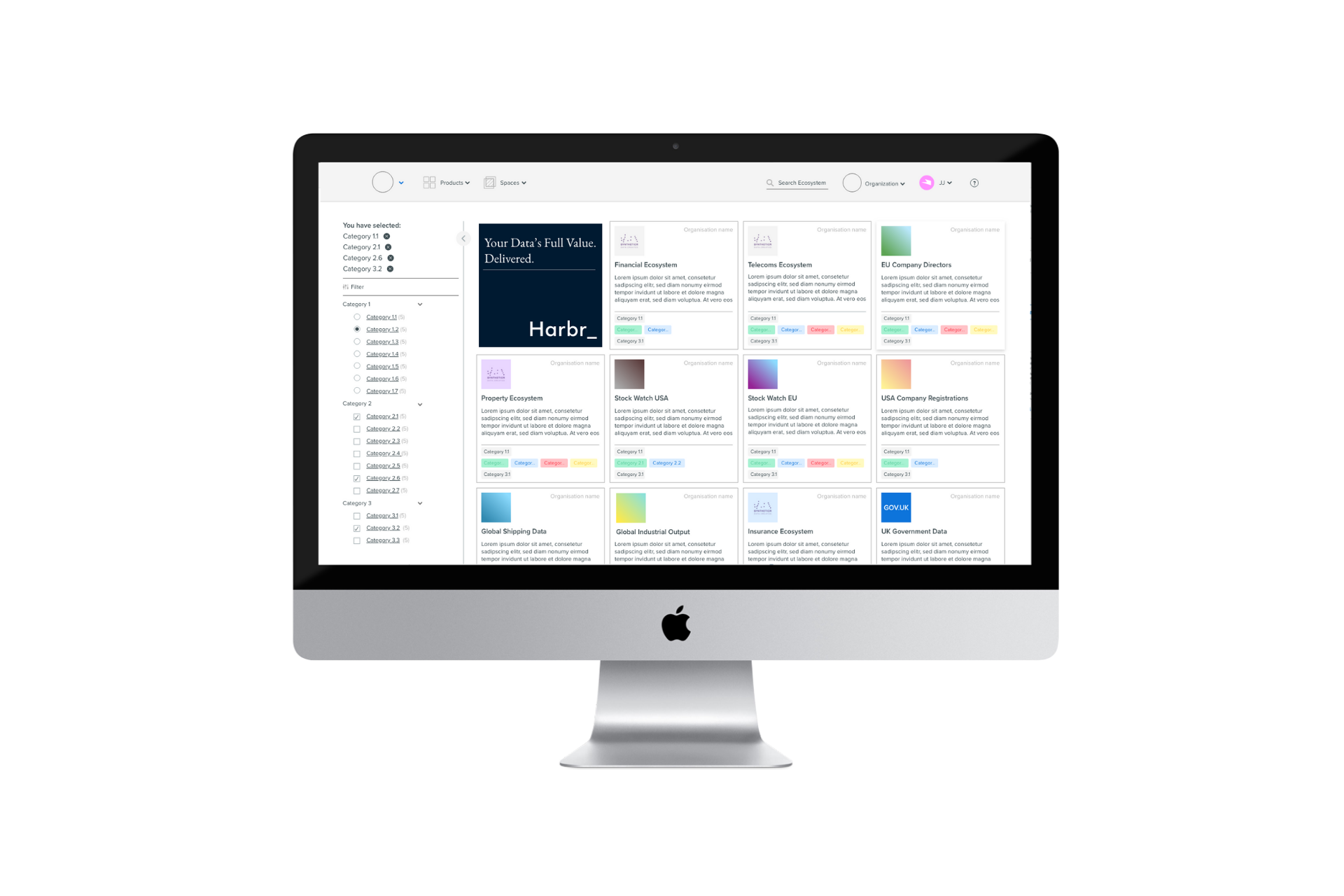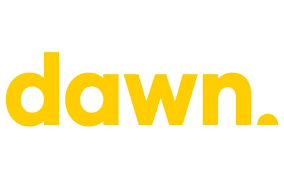For data to be truly powerful, everything has to work in concert. If one part of the value chain — whether that’s preparing data, storing it, or creating insights — is broken, then the gains made elsewhere are negated, or even nullified. Think of it like lights on a Christmas tree: if one bulb has blown, none of them light up.
Today, some of the most exciting businesses are innovating across the data value chain, like Dawn portfolio companies Collibra and Dataiku, moving us all towards an inflection point where the entire data process is automated. This is where huge value is unlocked: when we don’t have to worry about the infrastructure, there are countless opportunities to use data to create new products, reach new customers and operate more efficiently.
Within the data value chain, Harbr solves a key challenge that’s essential both today and even more so in the automated world of the future: how do you bridge the gap between when you’ve prepped your data, and sharing it with someone else to derive value from it?
Today, this permissioning and exchange stage is handled manually — through side letters, offline agreements, contracts and laborious manual follow-ups. There’s no universal software standard for delivering data to the other party.
Harbr creates a new paradigm: an enterprise data exchange platform enabling companies to productise and securely share their data, both internally and with other organisations. The controlled, software-based environment removes a major friction point in the analytics pipeline and powers trusted collaboration — today between humans, but in the future also between machines running automated data pipelines.
The first stage is to package data up and turn it into a more digestible “data product”. For example, an e-commerce company’s finance department might want to share data with the marketing team to improve customer lifetime value. But rather than handing over a complete dump of all the CRM data, the data owner could instead create a “product” consisting of only the parts that the analytics team need, such as customer postcodes and order values.
Crucially, the data owner can set rules for how that data product can be used, and see at all times what the counter-party is doing with it. So if they’re using it for a purpose that wasn’t agreed to, the owner can pull the plug, reeling their data back in and destroying any derivatives. Similarly, the data consumer can use the data, safe in the knowledge that they can’t inadvertently break laws or regulations. And users can test and learn from a small sample before accessing or purchasing entire datasets.
The primary reason that analytics projects fail is that the simplest answer to a data-sharing request is “no”. For a data owner, handing over any data to another party is fraught with risk and potential liability. This reluctance to share is driven by the lack of suitable infrastructure, but Harbr cuts the knot by giving data owners the toolkit to package and exchange their data in a safe way.
Harbr also helps data owners justify and recoup the expense of their data efforts. By turning their data into products and publishing them, data owners can show the value of all their investment. What’s perhaps even more exciting is that every enterprise can now turn their vast datasets into saleable assets, monetising them for the very first time in a way a data vendor does today but a large telco, for example, could not have imagined being able to do. (Until now.)

When I met Harbr’s co-founder and chief strategy officer Anthony Cosgrove for the first time, we could compare notes on experiencing this problem first-hand in our previous lives as bankers. Anthony is the former tech chief of HSBC, and while there was responsible for building out the bank’s financial intelligence structure, helping it recognise if it was dealing with bad actors. The sheer volume of data banks have to collect for financial and non-financial risk management is staggering: what if any of it could be cross-pollinated and shared, rather than duplicated, across institutions?

If banks could share their data with one another, packaging it up so it was limited just to sanctioned entities, risk and compliance processes would be transformed. The global financial system — and consumers — would be far safer. Of course, things weren’t this simple. And that’s why Anthony and Gary created Harbr.
Anthony couldn’t have found a better partner than Gary Butler to build Harbr with. Gary, co-founder and CEO of the business, is an alumnus of Pivotal Software, a business that went public in 2018 and was acquired last year by VMWare for $2.7bn. Both Gary and Anthony have over 15 years’ experience of building and delivering data systems as vendors, and in-house, for companies like HSBC.

But Gary isn’t just a seasoned entrepreneur; he is, most importantly, an inspirational leader. While Harbr may be early on its journey, it has assembled a truly incredible team. If there was a Hall of Fame in data, Harbr is already in it. Its Chairman Leo Spiegel and Head of Sales Bill Serino also hail from Pivotal, having been instrumental to the business’ tremendous success. Amy Chalfen, the COO, spent more than a decade at Experian and OpenReach, and has lived and breathed the data problem Harbr is solving on a daily basis. The list goes on, and permeates every level of the business: during our diligence, we met many a rising star, who are, no doubt, the data founders of tomorrow.
Now, three-year-old Harbr counts one of the largest data owners in the world, Moody’s, as well as numerous Fortune 500 companies among its clients. Thanks to Harbr, the “data projects’’ we all talked excitedly about while vaunting Big Data five years ago are now happening. The Christmas trees are lighting up.
This funding round will enable the Harbr team to go even harder and faster, with growth across the US very much front and centre. Gary and Anthony will be focusing on attracting and retaining the highest calibre of people, in sales and marketing and beyond (we are hiring!), and continuing to invest in product so that it always delivers an amazing experience for their users.
Truly moving on from the picks and shovels era in data means automation — full, at-scale automation. With data, ushering this in means building not just a new way of working with it, but a new way of thinking about it. This is the paradigm of the enterprise data exchange — for evolving beyond marketplaces and exchanging value — and we are so excited to be partnering with the Harbr team as they grow and continue to define this category.

Leave a Reply